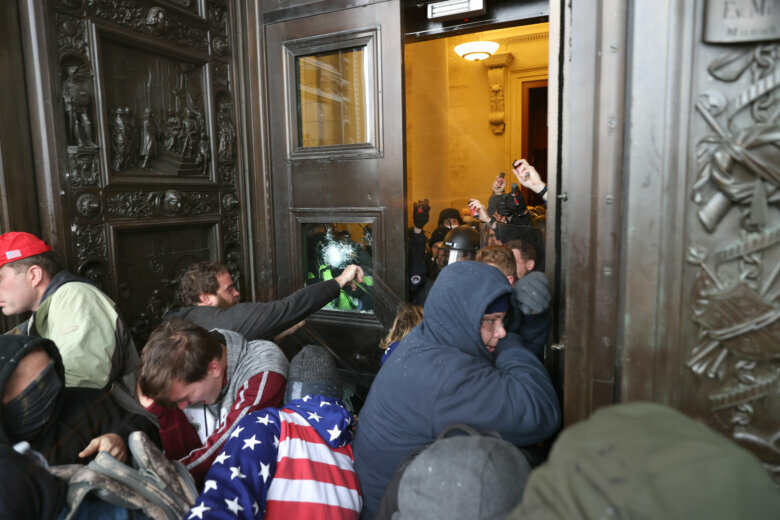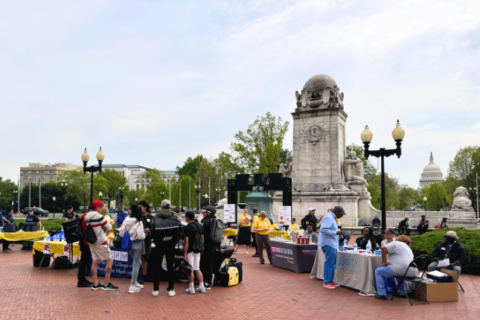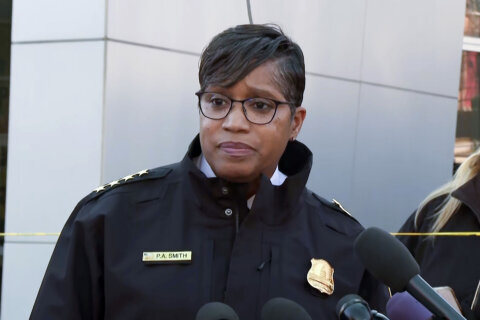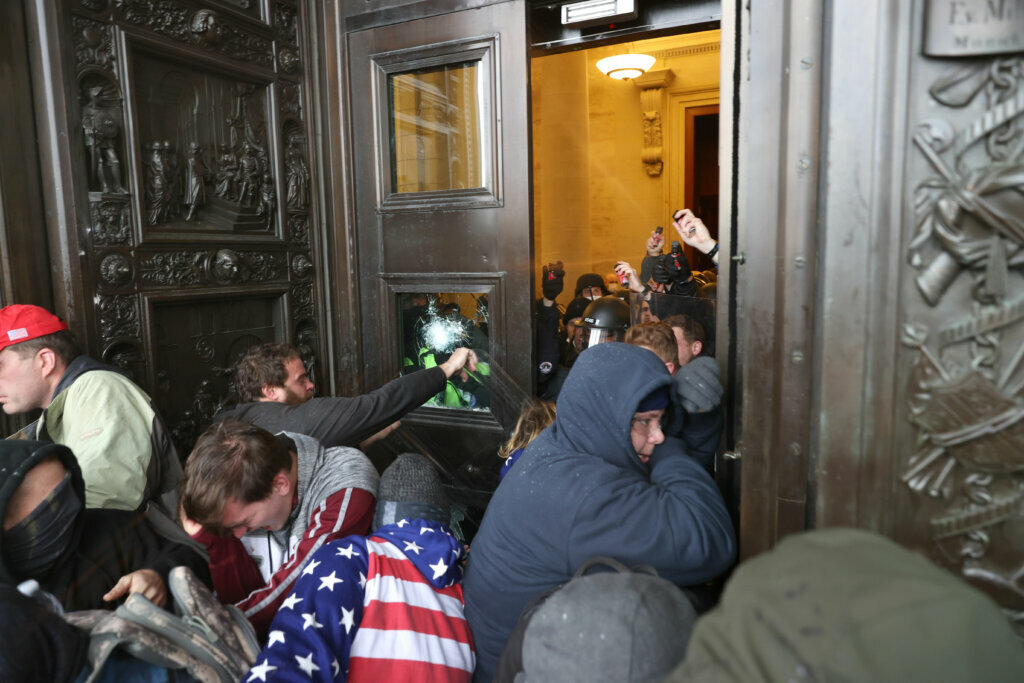
Though some officials have said that prosecuting those involved in the violent attack on the U.S. Capitol on Wednesday would be difficult due to the lack of day-of arrests, D.C.’s attorney general said he is going to make every effort to see justice done.
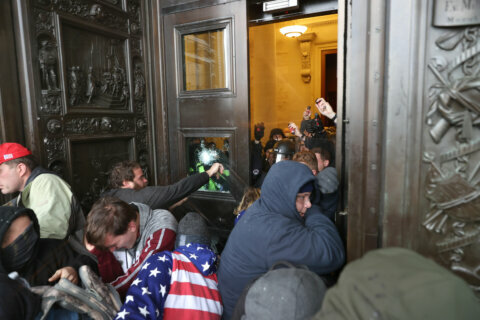
Even though hundreds of President Donald Trump’s supporters stormed their way into the Capitol in an effort to disrupt Congress from affirming President-elect Joe Biden’s Electoral College victory, arrests were slow-coming and many were able to walk back out of the building unimpeded.
D.C. Attorney General Karl Racine told WTOP on Friday that he had heard the doubts expressed by Acting U.S. Attorney for D.C. Michael Sherwin about securing prosecutions against members of the mob who had not been arrested Wednesday, but said he wasn’t giving up on it.
“I respect Michael Sherwin, and I’m really pleased that the FBI made it clear after Wednesday that they were going to investigate zealously,” Racine told WTOP. “I would ask Mr. Sherwin to hold off judgment — let’s see what the evidence shows, and I know that we’re matching up videotape with social media posts.”
Sherwin has said that his office is aggressively seeking prosecutions against the rioters, but the fact that they would need to be tracked down added a layer of difficulty to the task.
“We have to go through video footage to try to identify them, then charge them and then try to execute their arrest,” Sherwin told reporters Thursday. “That has made things challenging.”
On Friday, federal prosecutors detailed some of the first dozen or so people charged in Wednesday’s storming of the U.S. Capitol, including a West Virginia state delegate and an Arkansas man who was seen in widely circulated photos with his foot on House Speaker Nancy Pelosi’s desk and, later, outside the Capitol, holding mail addressed to her.
Racine said one advantage that they have in seeking charges is that many of those who stormed the Capitol bragged about it on social media. He said at least one person involved in the riots has already turned themselves in.
“I received a phone call last night from a good friend who’s a criminal defense lawyer who had someone who thought they would absolutely be identified, and that person wanted to turn themselves in,” Racine said. “I think we have to investigate zealously and prosecute where the evidence is — wouldn’t give up on that too early.”
Other suspected rioters are facing consequences at their jobs or businesses. In one instance, a Maryland printing company saw a photo on Twitter of one of its employees roaming the halls of the Capitol during the attack with a company badge around his neck; he was fired the next day.
Accounts from Wednesday suggested that the National Guard was delayed from heading to the scene to assist containing the riot. Gov. Larry Hogan said his efforts to activate the Maryland National Guard to D.C. were delayed for an hour and a half.
“I was appalled to hear that [Hogan] was calling the Department of Defense and others in the federal arena, seeking to get clearance to send the Maryland National Guard in to help folks like (House Majority Leader) Steny Hoyer and others who were holed up in the Capitol — and they weren’t getting their phone calls returned,” Racine said.
“I think there are just many questions about this,” he added.
Some have laid the blame for the delay at Trump’s feet, though it is not yet clear why the activation of the National Guard was delayed even after rioters had invaded the Capitol.
Racine contrasted the federal response to the riots on Wednesday to the actions taken last June, when National Guard troops and other law enforcement agencies were used to clear protesters from D.C.’s Lafayette Square so Trump could pose in front of a church with a Bible in his hand.
“Why did the president and the federal government assume that people who were protesting for racial justice would be violent, and not assume that hate groups and militia groups — who promise violence — would not be violent?” Racine said. “I think there are major questions as to both a potential delay of deployment of the Guard, as well as fortification and asking for help at an early point …”
Racine said he wanted to see a full bipartisan investigation into the entire day, and that he wanted those responsible held accountable.
WTOP’s Jack Moore and Rick Massimo contributed to this report.

